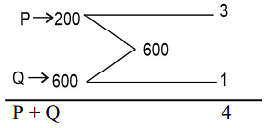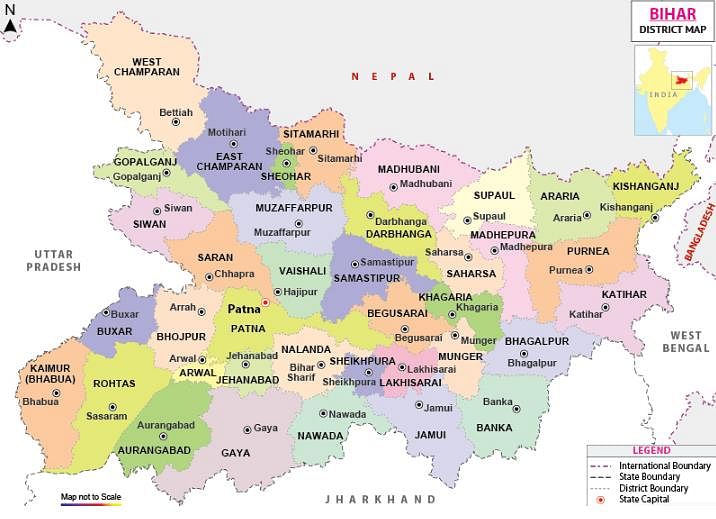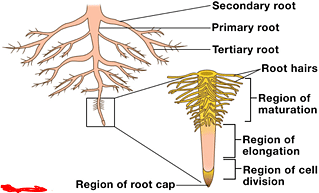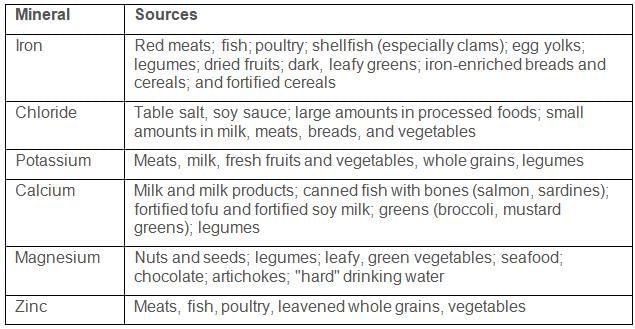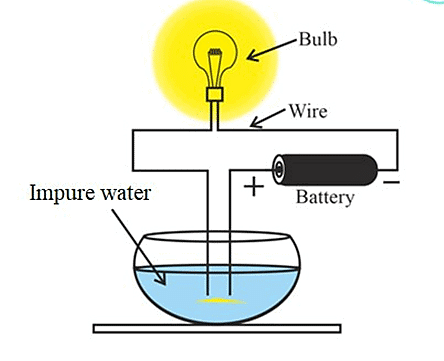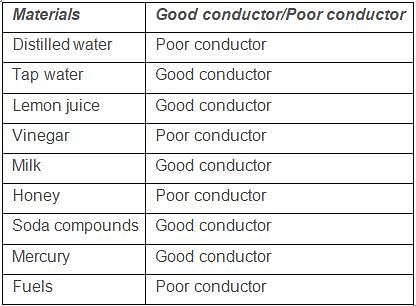BPSC Practice Test- 6 - BPSC (Bihar) MCQ
30 Questions MCQ Test - BPSC Practice Test- 6
Two pipes P and Q can fill the tank alone in 200 and 600 hours respectively. If they are opened together, then in how many hours will the tank be filled ?
One dozen pencil quoted at Rs. 125 are available at 25% discount. How many pencil can be bought for Rs. 375 ?
The HCF of two numbers is 15 and their LCM is 300 . If one of the numbers is 60 , the other is:
Which of the following is not included in the Capital budget of the Government of India?
Which of the following is the financial accounting unit of the IMF(International Monetary Fund)?
______ assumed charge as the governor of the Reserve Bank of India in September 2016.
The situation where the equilibrium level of real GDP falls short of potential GDP is known as?
In which year did the Bihar or J.P movement started in Bihar?
Which of the following is related to the 'Jal Mandir' built in the middle of Kamalarupi pond located in Pavapuri?
Which of the following are the main sources of authentic history of the musical tradition of Mithila of Bihar?
Which of the following newspapers was published by the government during the Quit India Movement?
Which one is not correctly matched among the waterfalls and watercourses located in Bihar and the place of origin related to it ?
Which of the following lakes is located to the south of the Mahanadi delta?
Which of the following district of Bihar, does not share its border with Nepal?
Who among the following prepares the geographical maps of India?
In which of the following ranges, the Garo, Khasi and Naga hills are located?
The major source of vitamins and minerals for vegetarians is
Which are among the following will you put into pure water in order to pass electricity through it?
Which of the following is used in chemistry labs for sealing air-gaps in apparatus where air tight arrangement is required?




